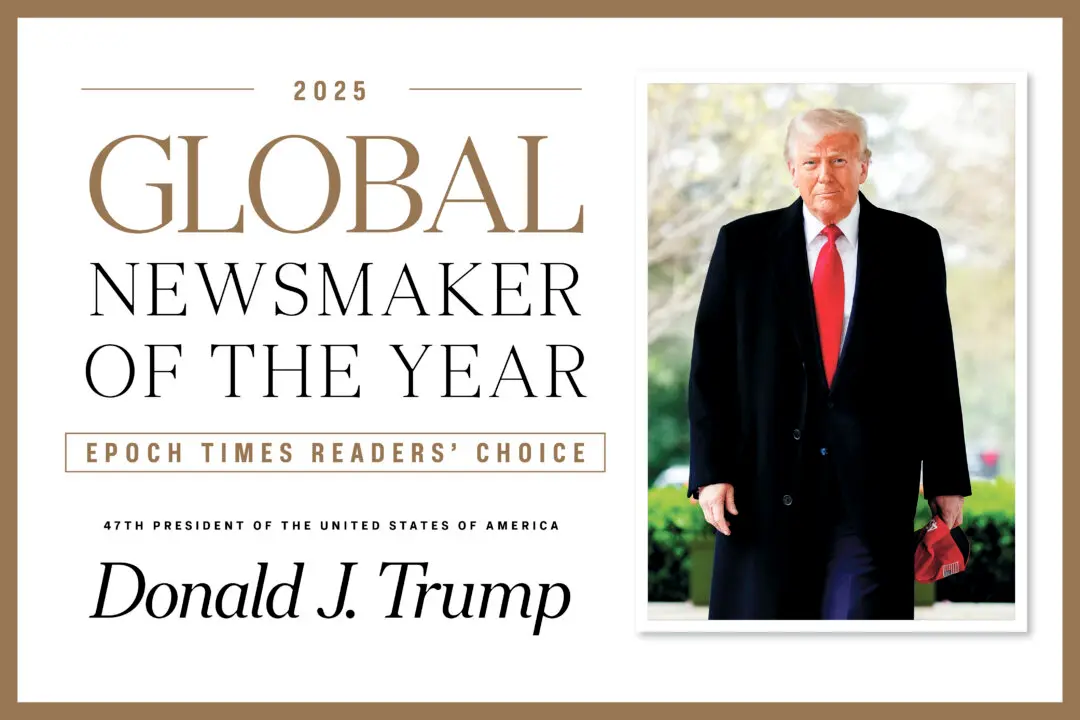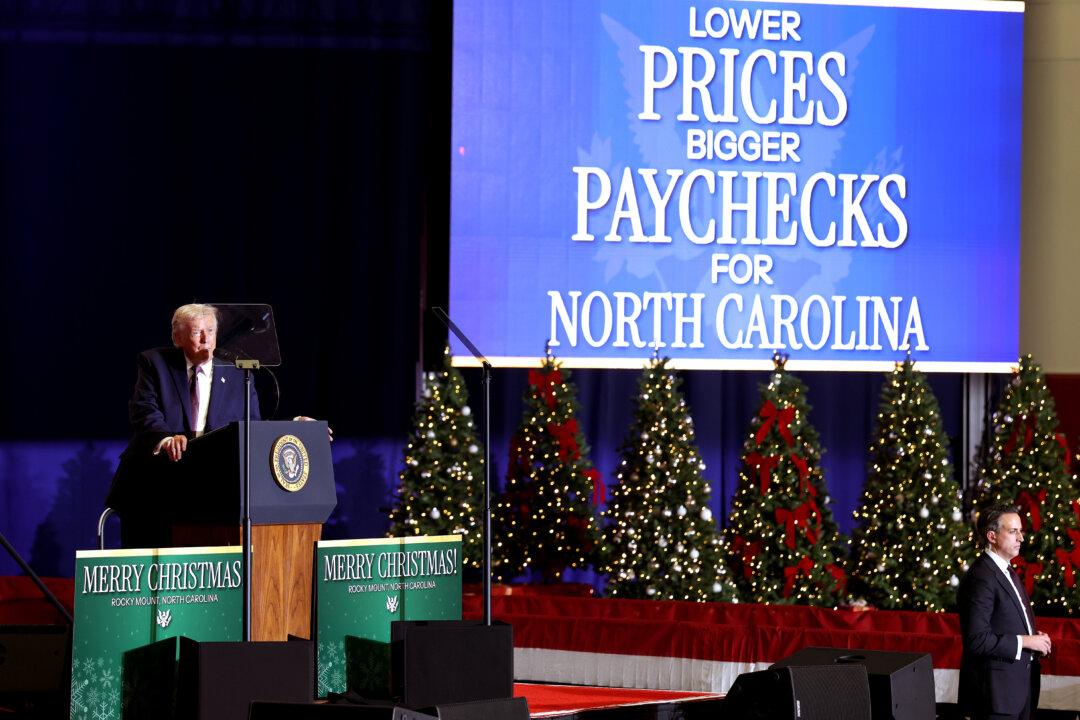WASHINGTON—The White House released on Oct. 2 a new report outlining the successes of President Donald Trump’s “Buy American, Hire American” policies that have sought to rebuild the United States’ manufacturing base.
“Over the past four years, this administration has lived by one beautiful phrase—Made in the USA—and two simple rules—Buy American, Hire American,” the report states.





